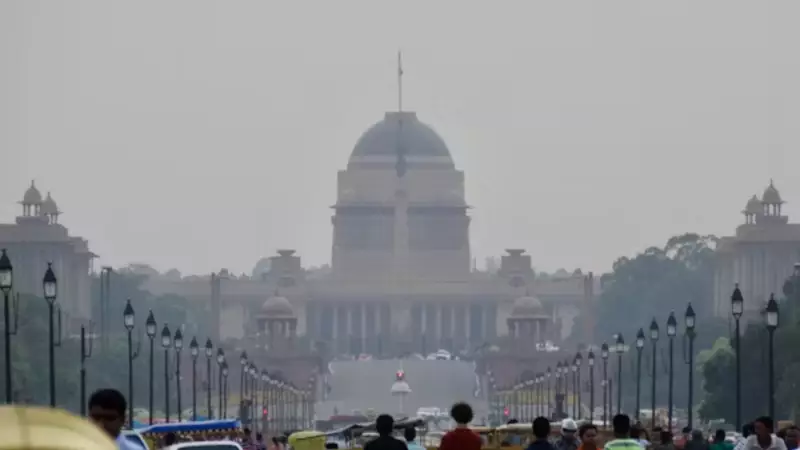
As Delhi continues to gasp for clean air, the recent experiment with cloud seeding has captured public attention. However, environmental experts are now questioning whether this high-tech approach was ever the right solution for the capital's persistent pollution problem.
A comprehensive study by the Indian Institute of Tropical Meteorology (IITM) reveals fundamental limitations in the cloud seeding approach. The technology depends on specific atmospheric conditions that are rarely optimal in Delhi, making it an unreliable and temporary fix at best.
The Science Behind Cloud Seeding's Limitations
Cloud seeding requires precise meteorological conditions to be effective. The process involves dispersing substances like silver iodide into clouds to encourage rainfall. However, Delhi's winter atmosphere often lacks the necessary cloud cover and moisture content, rendering the technique ineffective for most of the pollution season.
Key challenges identified by researchers include:
- Insufficient cloud coverage during critical pollution periods
- Unpredictable wind patterns that disperse seeding agents
- High costs versus minimal impact on overall air quality
- Temporary relief that doesn't address root causes
More Effective Solutions for Delhi's Air Crisis
Rather than pursuing expensive technological quick fixes, experts emphasize addressing the fundamental sources of pollution. Sustainable solutions that target emission sources promise more lasting results.
The most recommended approaches include:
<- Strengthening enforcement of industrial emission standards
- Accelerating the transition to electric public transportation
- Implementing year-round dust management at construction sites
- Promoting cleaner alternatives to agricultural burning
- Expanding green cover and urban forests
The Way Forward: Sustainable Air Quality Management
The cloud seeding experiment serves as an important lesson in environmental management. While technological innovations have their place, they cannot replace comprehensive pollution control strategies that address the multiple sources contributing to Delhi's poor air quality.
As research continues to evolve, the focus must remain on implementing proven, sustainable solutions that can provide lasting relief to millions of residents affected by the capital's air pollution crisis.





